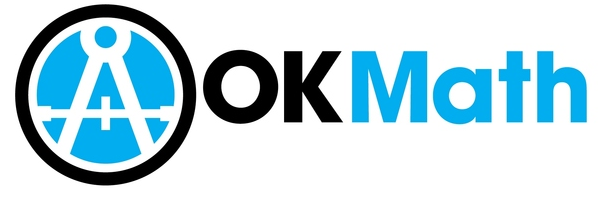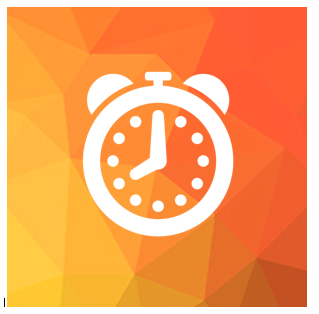Today’s article was written by Ryan Burkett of Pioneer Technology Center.
What does mathematical understanding look like? Reams of paper stuffed with calculations and correct answers could be an indicator that a student understands the mathematical elements involved in problem solving. However, with the move toward Common Core State Standards, mathematics students must develop an understanding not only of the necessary skills involved in solving or working-out individual problems, but also the connections between those skills as they work toward constructing a “big-picture” concept of how mathematics is applied to answer questions from every-day life, society, and the workplace. This implies that students must possess the ability to explain the particular strategies or skills they applied in their work to demonstrate their understanding of the justification process as a problem solving tool. Digital mathematics portfolios are an alternative that allows teachers to assess students’ progress toward developing this construct.
Students enter a classroom with fill-in-the-blank notes pages and a copy of the textbook on each desk. The teacher says something akin to, “Copy the notes from page 237 and then I will tell you what that complicated variable expression really means.” If every learner was an audio/visual flip-top container, teachers could just pour the knowledge in! Until that day arrives, teachers will have to focus a bit more on helping students assimilate the skills and language of mathematics based on their own effort rather than by listening to the sage on the stage. With digital mathematics portfolios, the basic premise asks students to use varied digital tools to translate their understanding of curricula into graphic and/or text-based artifacts. The students struggle both alone and in groups to find the images and words that convey their understanding of a mathematical concept, definition, law, etc., and combine these elements to create a glog, blog post, wiki, web page or any other digital artifact that they can submit to the instructor. A few examples are included below:
Examples using Activinspire software:
The product is a digital “foldable” that describes key concepts from Algebra. Each image is hyperlinked to another page in the document outlining the indicated concept. On the concept page, a link back to the original “home page” is provided. (Note: It is also possible to use a web page or PowerPoint to build similar digital “foldables.”)
The following examples allowed students to take a picture from an actual location, graph it, and then write the equation of the line:
Examples using Glogster.com:
www.glogster.com allows the student to build a “wall” where they click and drag shapes, images, videos, and more to construct an artifact displaying their knowledge.
An example using Fakebook from http://www.classtools.net/FB/home-page
Regardless of the tool employed, all of these examples force math students to interact directly with the material and conduct a little research. They strengthen their mathematics content knowledge, digital literacy experiences, research experience, and end up with artifacts that they can use to demonstrate the skills they are developing. These artifacts will not only be useful for formative assessment in the classroom, but also offer digital resources the students can use to strengthen their online presence and promote their personal brand when they endeavor to enter the workforce.












Great ideas! We may want to use some of these digital resources to build portfolios in all of our STEM classes! Thanks for sharing!
@Sara, you should share pics if you decide to do something like this! We’d love to share it!